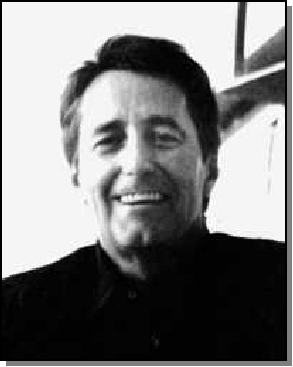
Grand Prairie Karate Academy Black Belt Family Tree

Pat Burleson, founder of the American Karate system holds a 10th degree black belt. Pat began his study of the martial arts in Japan in 1957, a competition career in 1963. In addition to regional championships, he claimed the first US National Championship in Washington D.C. in 1964.
Pat started boxing as a youngster, eventually going to the golden gloves championships while still in high school. He joined the Navy in 1955 to "see the world" and while stationed in Asia this stocky seaman became a traveling boxing champion for the USN, fighting at bases throughout the Pacific basin. Being a fighter from the United States, he naturally came in contact with the fighting arts of the Orient. His original martial arts training came in the wado-ryu style in 1957 in Iwakuni, Japan. Burleson trained with several schools of karate and Chinese boxing in Japan and Hong Kong before he came back to the states in 1959.
Settling back into his hometown of Fort Worth, Texas, Burleson worked out with the few other ex-servicemen that he could find that had trained in Asia. He had already earned a red belt in Korean tang soo do when he was introduced to Dallasite
Allen R. Steen. "Allen was a senior to me and I can definitely remember that his abilities were better than mine at the time" says Burleson.
Steen was a brown belt under tae kwon do pioneer Jhoon Rhee and was eager for his new friend to meet Mr. Rhee. "He [Rhee] was very open to letting me work out with his group," recalls Burleson, "although he wanted me to change my red belt to brown belt for his system." Steen made his black belt in the summer of 1963 and three months later Burleson himself was promoted to 1st-degree black belt.
When Rhee moved to Washington D.C., Steen and Burleson took over the reigns as the fathers of karate in the Southwest. "In my opinion the American system of martial arts really started in two places in this country," says Burleson, "in Chicago and in Dallas/Ft. Worth. It spread quickly from there to place like Los Angeles and New York, but the real beginnings were in those two places.
In 1963 the 1st World Karate Championship was help in Chicago, jointly sponsored by Robert Trias and the late John Keehan (aka "Count Dante"). "AlGene Caraulia won it as a brown belt," Burleson states. "Allen was there, myself, Jim Harrison and a few others. In those days there were no belt division; in fact, no rules to speak of. That first time in Chicago you saw the marriage of kicking and punching. We went up there with only our kicks, but we dropped everyone we hit. After seeing the hand techniques on those guys, however, we went back to learn some punches.
"Ed Parker is a good example of that type of thinking," says Burleson. " He and his bunch [from California] were at Chicago and they couldn't kick over knee high, but they went back and worked and six months later they were doing head kicks."
Burleson maintains that the birth of American martial arts came in 1963 in Chicago. "We started to integrate right there."
There weren't very many tournaments in those days. Fighters had to travel all over the country if they wanted to compete in the handful that were available. 1963 was the first year of the Southwest Karate Championships, sponsored by Steen, and later to be renamed the United States Karate Championships. Ed Parker held his first International Karate Championships in 1964. "The people to beat at those first few tournaments were the Chicago/East coast fighters and the Dallas/Ft. Worth people." remembers Burleson.
Indeed, it was Burleson himself who won the 1st National Karate Championships in 1964 in Washington D. C., held by Jhoon Rhee. Burleson joined AlGene Caraulia, who later taught out of Cleveland Ohio, as the first nationally recognized champions in "American Karate". Burleson, in fact, gained the nickname "the granddaddy" of the early tournament fighters. Jhoon Rhee remembers how proud he was that one of his own students would win his very first tournament.